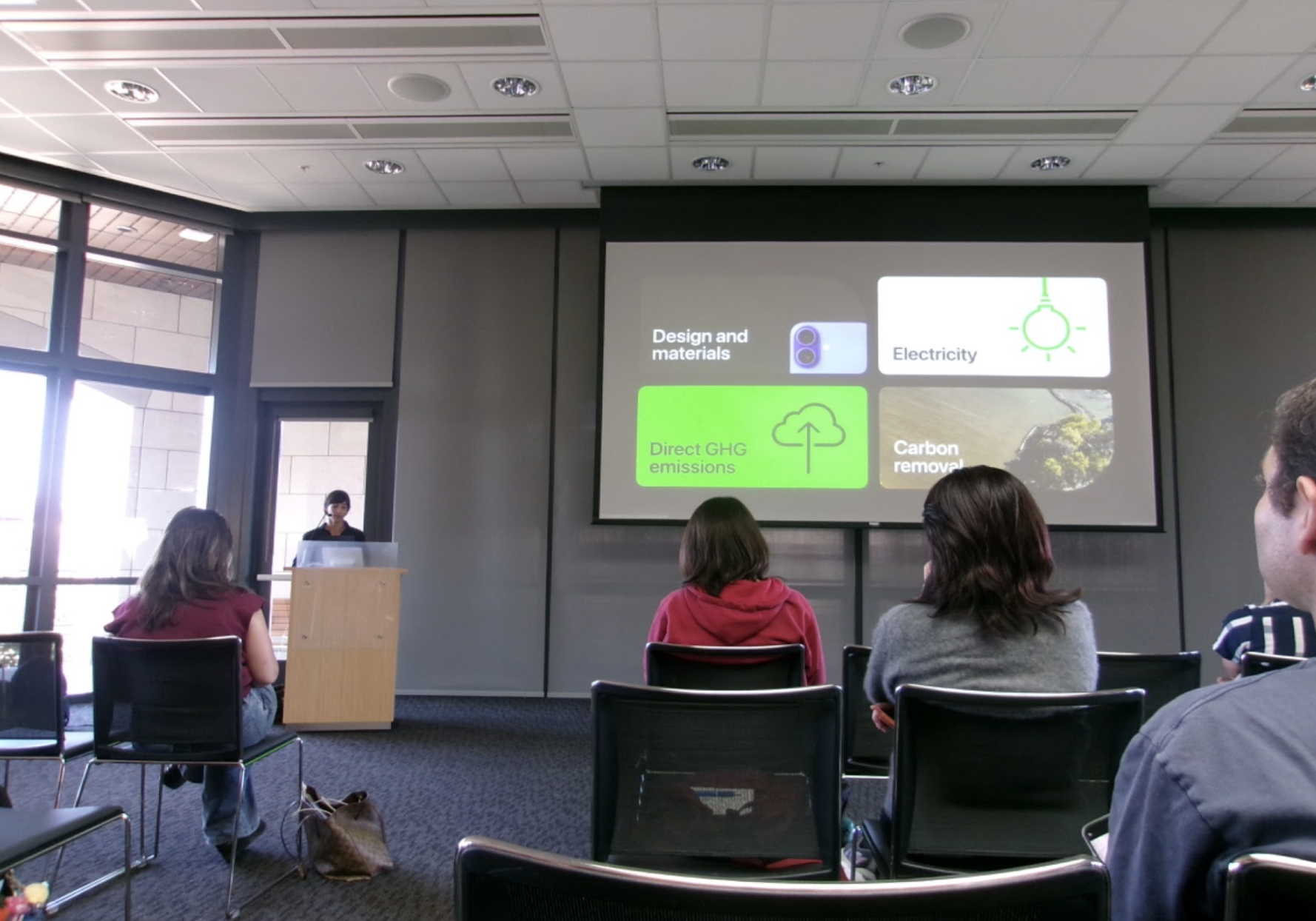Report on Sustainable Machine Design and its Alignment with UN Sustainable Development Goals
Fostering Sustainable Industrialization and Innovation (SDG 9)
The integration of sustainability into machine design is a critical component for promoting inclusive and sustainable industrialization. This approach directly supports the development of resilient infrastructure and fosters innovation by embedding environmental and efficiency considerations at the core of manufacturing technology. Key strategies include:
- Utilizing digital simulations and computer-aided design to optimize resource use before production.
- Implementing predictive maintenance tools to reduce operational inefficiencies and material waste.
- Pursuing continuous evaluation and adaptation to align machine design with evolving technological standards and sustainability goals.
Ensuring Responsible Consumption and Production Patterns (SDG 12)
Sustainable machine design is fundamental to achieving responsible consumption and production. It addresses the entire lifecycle of manufacturing equipment, from material sourcing to end-of-life disposal, thereby minimizing waste and maximizing resource efficiency.
Material Selection and Resource Efficiency
- Sustainable Sourcing: Selection of recyclable, lightweight, and energy-efficient metals, composites, and plastics. Using materials from renewable sources or those requiring minimal processing reduces the overall environmental footprint.
- Waste Reduction: Designing components to use fewer raw materials without compromising structural integrity, which directly minimizes production waste.
Lifecycle Considerations
- Design for Durability and Modularity: Equipment is designed for longevity, ease of maintenance, and upgradability. Standardized, replaceable components extend service life and prevent premature disposal.
- End-of-Life Management: Planning for the disassembly and separation of materials facilitates proper recycling and prevents equipment from contributing to landfill waste, promoting a circular economy.
Advancing Affordable and Clean Energy (SDG 7) and Climate Action (SDG 13)
Energy-efficient machine design is a primary driver for reducing the energy intensity of the industrial sector, contributing to both affordable energy access and climate change mitigation. By minimizing electricity consumption, manufacturers can lower operational costs and reduce their carbon footprint.
- Energy-Efficient Components: Incorporation of high-efficiency motors, variable-speed drives, and advanced control systems to match energy use with operational demand.
- Optimized Mechanical Design: Enhancing energy efficiency through friction reduction in moving parts and effective thermal management systems, which also prolongs the machine’s operational life.
Supporting Clean Water and Sanitation (SDG 6)
Sustainable machine design addresses water consumption and waste generation, which is crucial for protecting water resources and ensuring sustainable water management. This focus aligns with the goal of improving water quality by reducing pollution.
- Water Conservation: Implementation of closed-loop systems that recycle water and other process fluids, significantly conserving resources.
- Waste and Pollutant Reduction: Designing machines that require minimal coolants, lubricants, or chemical inputs, thereby reducing operational waste and the risk of water contamination.
- Safe Waste Management: Optimizing systems for the collection and safe disposal of any hazardous materials.
Analysis of Sustainable Development Goals in the Article
1. Which SDGs are addressed or connected to the issues highlighted in the article?
-
SDG 6: Clean Water and Sanitation
- The article addresses this goal in the “Water and Waste Management” section, which discusses the importance of reducing water use in manufacturing processes. It highlights machine designs that minimize the need for coolants and lubricants and use closed-loop systems to recycle water and process fluids.
-
SDG 7: Affordable and Clean Energy
- This goal is a central theme in the “Energy-Efficient Design” section. The article emphasizes reducing energy consumption through the design of machinery with efficient motors, drives, and control systems, directly contributing to the goal of improving energy efficiency.
-
SDG 9: Industry, Innovation, and Infrastructure
- The entire article is framed around this goal, focusing on making industries and manufacturing processes more sustainable. It discusses upgrading industrial processes through innovative machine design, adopting clean and environmentally sound technologies, and improving resource-use efficiency, as mentioned in the “Innovation and Continuous Improvement” section.
-
SDG 12: Responsible Consumption and Production
- This is the most prominent SDG in the article. It is addressed through multiple themes: sustainable management and efficient use of natural resources (“Material Selection and Resource Efficiency”), environmentally sound management of waste (“Water and Waste Management”), and substantial reduction of waste generation through prevention, recycling, and reuse (“Lifecycle Considerations”).
2. What specific targets under those SDGs can be identified based on the article’s content?
-
Target 6.4: By 2030, substantially increase water-use efficiency across all sectors.
- The article’s focus on “machines that require minimal coolant, lubricants, or chemical inputs” and “closed-loop systems that recycle water” directly aligns with increasing water-use efficiency in the industrial sector.
-
Target 7.3: By 2030, double the global rate of improvement in energy efficiency.
- The section on “Energy-Efficient Design” explicitly details strategies to achieve this target, such as using “energy-efficient motors, drives, and control systems” and “variable-speed drives” to reduce electricity use and avoid energy waste.
-
Target 9.4: By 2030, upgrade infrastructure and retrofit industries to make them sustainable, with increased resource-use efficiency and greater adoption of clean and environmentally sound technologies and industrial processes.
- The article’s core message about integrating sustainability into machine design through material choices, energy efficiency, and innovation directly supports this target. The use of “digital simulations” and “computer-aided design” represents the adoption of clean technologies to optimize industrial processes.
-
Target 12.2: By 2030, achieve the sustainable management and efficient use of natural resources.
- The “Material Selection and Resource Efficiency” section addresses this by promoting the use of “recyclable, lightweight, and energy-efficient” materials and minimizing the use of “raw materials without compromising structural integrity.”
-
Target 12.5: By 2030, substantially reduce waste generation through prevention, reduction, recycling and reuse.
- This target is reflected in the “Lifecycle Considerations” section, which advocates for designing machines for “durability, ease of maintenance, and modularity” so they can be “repaired, upgraded, or repurposed rather than discarded.” It also mentions planning for “end-of-life recycling” to prevent landfill waste.
3. Are there any indicators mentioned or implied in the article that can be used to measure progress towards the identified targets?
-
Implied Indicator for Target 6.4: Volume of water recycled or saved per unit of production.
- The article implies this by mentioning “closed-loop systems that recycle water and process fluids” and machines that require “minimal coolant.” Progress could be measured by tracking the reduction in water consumption for a given manufacturing output.
-
Implied Indicator for Target 7.3: Energy consumption per machine or operational hour.
- The discussion on “energy-efficient motors, drives, and control systems” that “reduce electricity use” directly implies that a key metric for success is the amount of energy a machine consumes to perform its function. Lower energy use for the same output indicates improved efficiency.
-
Implied Indicator for Target 9.4: Adoption rate of sustainable design principles and technologies in manufacturing.
- The article’s emphasis on “innovation,” “digital simulations,” and “computer-aided design” as tools for sustainable design suggests that a relevant indicator would be the percentage of new machinery designed and produced using these advanced, resource-efficient methods.
-
Implied Indicator for Target 12.2: Percentage of recycled or renewable materials used in machine construction.
- The section on “Material Selection” points to this indicator by highlighting the choice of “metals, composites, and plastics that are recyclable” or “originate from renewable sources.” Measuring the material composition of new machines would track progress.
-
Implied Indicator for Target 12.5: Rate of machine/component recycling and reuse.
- The focus on designing for “durability,” “modularity,” and “end-of-life recycling” implies that progress can be measured by the percentage of old machinery and components that are successfully repaired, repurposed, or recycled instead of being sent to a landfill.
4. SDGs, Targets, and Indicators Table
| SDGs | Targets | Indicators (Implied from the Article) |
|---|---|---|
| SDG 6: Clean Water and Sanitation | 6.4: Substantially increase water-use efficiency across all sectors. | Volume of water recycled in closed-loop systems; Reduction in the use of coolants and lubricants per operational hour. |
| SDG 7: Affordable and Clean Energy | 7.3: Double the global rate of improvement in energy efficiency. | Reduction in electricity use per machine; Rate of adoption of energy-efficient motors and variable-speed drives. |
| SDG 9: Industry, Innovation, and Infrastructure | 9.4: Upgrade infrastructure and retrofit industries to make them sustainable. | Adoption rate of sustainable technologies like digital simulations and computer-aided design in machine manufacturing. |
| SDG 12: Responsible Consumption and Production | 12.2: Achieve the sustainable management and efficient use of natural resources. | Percentage of recyclable, lightweight, or renewable materials used in machine components; Reduction in raw material usage per machine. |
| SDG 12: Responsible Consumption and Production | 12.5: Substantially reduce waste generation through prevention, reduction, recycling and reuse. | Increased operational life of machinery due to durability and modularity; Percentage of machine components recycled or repurposed at end-of-life. |
Source: blueandgreentomorrow.com






